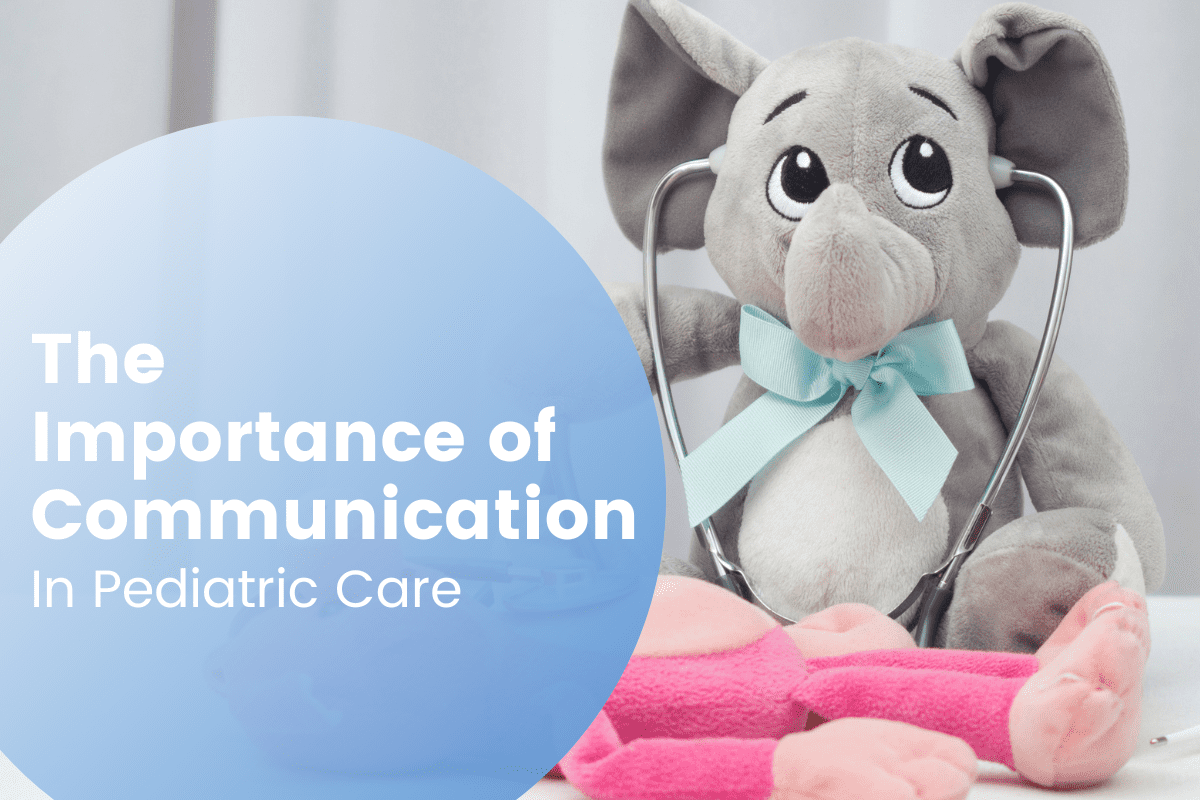
Pediatric care offers different challenges for healthcare providers that are not necessarily present when providing care for adults. Whether a child is receiving a vaccine or undergoing a surgery it is important to provide some understanding to the child, so they know what is about to happen and are able to mentally prepare for that. While some details may not need to be shared with the child, there are ways to offer some clarity for them in anticipation for their medical care. Working together with a child’s caregiver, healthcare providers can find ways to meet the child at their cognitive level to offer them some understanding of what they will be going through.
While a surgery can physically help a child with an illness, the mental anticipation and effects of a surgery need to be taken into consideration as well. As adults, it can be easier for us to mentally prepare for the effects of a surgery, but for children, this can be a confusing concept to grasp. Helping children mentally prepare for medical care they will be receiving can be delivered in various forms, and Maria Baimas-George MD, MPH has found a new way to help pediatric patients feel more comfortable with their understanding of their medical care.
Dr. Baimas-George’s Story:
Throughout her lifetime, she found a passion for both medicine and writing, but ultimately decided to take the medical route for her career path. As she began her career, she noticed a gap in understanding for parents and child patients. Combining her two interests of medicine and writing, she decided to write books that explained surgical and medical situations using language that children and their caregivers could understand. While doctors often take time to help the child’s caregiver understand the medical situation, the child often receives little information that they could digest at their cognitive level. Dr. Baimas-George saw this as an opportunity to offer child-specific resources. Finding few resources in this area for children, she knew this was something she wanted to invest her time into.
She has been able to write twenty-one books since starting her work as an author. These books are intended to help children understand basic anatomy. They also offered children the opportunity to know what to expect before the procedure and what the recovery process would look like. This author’s collection of books also offered the opportunity for pediatric patients to learn what type of healthcare workers they may encounter before, during, and after their procedure. Although twenty-one books are already quite an accomplishment, Dr. Baimas-George plans to write even more books discussing specific procedures children may need.
No One Likes the Unknown:
When adults have procedures, doctors take the time to explain what to anticipate before and after the procedure, and the same should be true for pediatric patients. While the level of explanation may differ due to the cognitive level of a specific child, there are ways to explain and prepare them for the procedure they will be having. Feeling prepared also factors into the provider’s end. Having equipment that is organized in a way that each instrument is able to be located quickly and efficiently allows all effort to be focused on the patient. Instrument tables provide space for optimal organization during a procedure. Lakeside’s US manufactured instrument tables offer the durability and organization needed in the OR.


